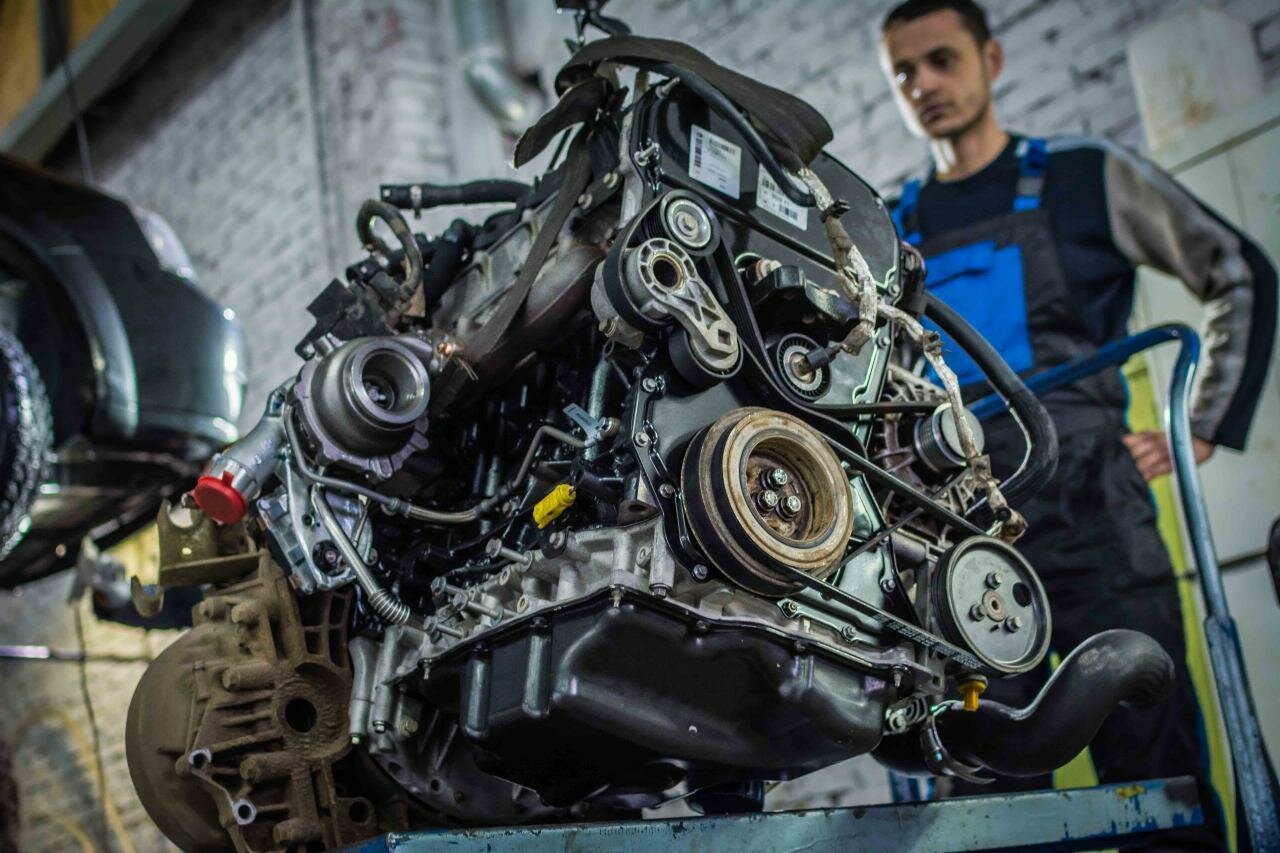Ford 2.0 Duratec Engine Overview
A Brief History
The Ford 2.0 Duratec engine is part of Ford’s Duratec family, which has been a staple in the automotive industry since its introduction in the late 1990s. Designed primarily for compact and mid-size vehicles, the 2.0 Duratec engine was engineered to deliver a balance of performance and fuel efficiency. It quickly gained popularity for its versatility, being used in various models across Ford’s lineup, including the Focus, Escape, and Fusion. The engine’s design incorporates a DOHC (Dual Overhead Camshaft) configuration, which allows for better airflow and improved performance compared to older engine designs.
Over the years, the Duratec engine has undergone several revisions and updates, adapting to changing emissions regulations and consumer demands for better fuel economy. While the engine has generally been well-received, it has not been without its share of problems. As with any engine, the 2.0 Duratec has its weaknesses, which can lead to significant issues for owners if not addressed promptly. Understanding these common problems is crucial for current and prospective owners, as it can impact the longevity and reliability of their vehicles.
In this article, we will delve into the specific problems associated with the Ford 2.0 Duratec engine, examining the most prevalent issues that have been reported by users and mechanics alike. From timing belt failures to oil consumption issues, we will provide a straightforward analysis of what to expect when dealing with this engine. By shedding light on these concerns, we aim to equip owners with the knowledge necessary to make informed decisions regarding maintenance and repairs.
Common Issues with the Ford 2.0 Duratec Engine
The Ford 2.0 Duratec engine, while generally reliable, has been reported to experience several significant issues that can affect performance and longevity. Understanding these problems is essential for owners to maintain their vehicles effectively. Below are some of the most common issues associated with this engine.
1. Timing Belt Failure
One of the most critical problems with the Ford 2.0 Duratec engine is timing belt failure. The timing belt is responsible for synchronizing the engine’s camshaft and crankshaft. If it fails, it can lead to severe engine damage.
-Symptoms of Timing Belt Failure:
– Unusual noises from the engine
– Engine misfires
– Warning lights on the dashboard
2. Oil Consumption Issues
Many owners have reported excessive oil consumption with the 2.0 Duratec engine. This can lead to frequent oil changes and may indicate underlying problems such as worn piston rings or valve seals.
-Signs of Oil Consumption:
– Frequent need to add oil between changes
– Blue smoke from the exhaust
– Oil spots under the vehicle
3. Overheating Problems
Overheating can be a significant issue for the Duratec engine, often caused by a malfunctioning thermostat, a failing water pump, or a clogged radiator. Overheating can lead to severe engine damage if not addressed promptly.
-Indicators of Overheating:
– Temperature gauge reading in the red zone
– Steam coming from the engine bay
– Coolant leaks
4. Ignition Coil Failures
Ignition coil failures are another common issue, leading to engine misfires and reduced performance. This problem can often be traced back to faulty coils or wiring.
-Symptoms of Ignition Coil Failure:
– Rough idling
– Reduced fuel efficiency
– Check engine light illuminated
5. Fuel Injector Problems
Clogged or malfunctioning fuel injectors can lead to poor engine performance and fuel efficiency. This issue can manifest as rough idling, stalling, or difficulty starting the engine.
-Signs of Fuel Injector Issues:
– Poor acceleration
– Engine stalling
– Decreased fuel economy
Top views |
|
|---|---|
 |
Oil, Timing Chains, Pistons: What Really Kills an Engine Prematurely? |
 |
How to Choose a Car with a Reliable Engine: Used Car Market Hacks That Actually Work |
Symptoms and Consequences
Understanding the symptoms associated with these problems can help owners take action before they escalate into more severe issues. Below is a table summarizing the common symptoms and their potential consequences.
| Problem | Symptoms | Consequences |
|---|---|---|
| Timing Belt Failure | Unusual noises, engine misfires | Severe engine damage |
| Oil Consumption Issues | Frequent oil additions, blue smoke | Engine wear, potential failure |
| Overheating Problems | High temperature gauge, steam | Head gasket failure, engine damage |
| Ignition Coil Failures | Rough idling, reduced efficiency | Engine misfires, poor performance |
| Fuel Injector Problems | Poor acceleration, stalling | Reduced fuel economy, engine damage |




0 Comments